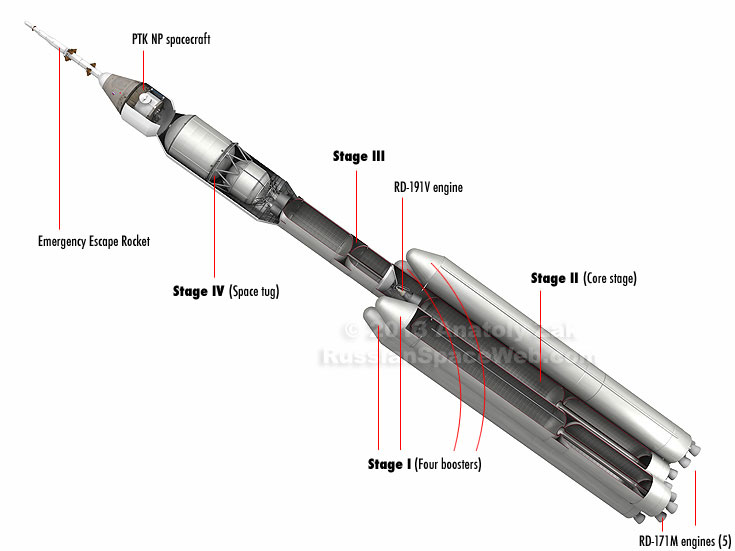
Sodruzhestvo;

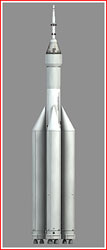
Yenisei-5
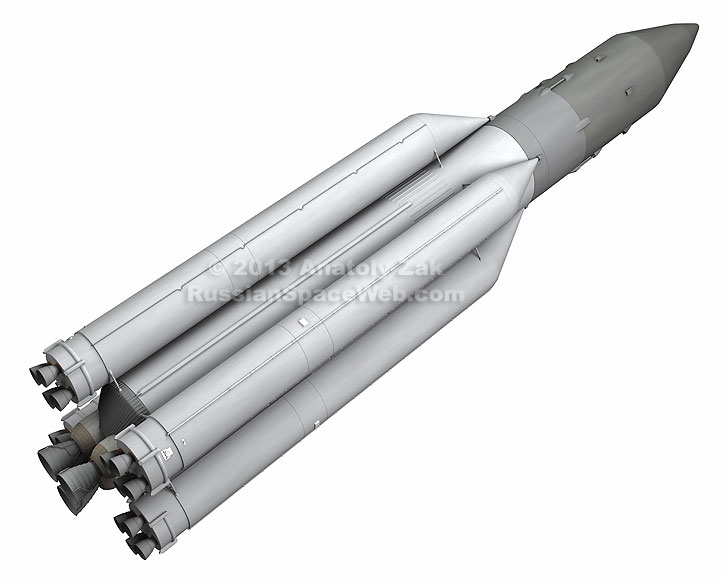




Mike E wrote:True GarryB, slush and gels in general are looking very hopeful... I just want to see Metallic Hydrogen! - Hydrogen slush is unquestionably an improvement over "normal" Hydrogen, however, it really only has tankage and density advantages over the "normal" stuff. If Metallic Hydrogen could be produced and made, we would be talking about a ~1500 isp and smaller tanks in one fuel.... The question, is if it can ever be made here on Earth. (It is abundant on all gas planets, even ones outside the Solar System.)
magnumcromagnon wrote:Mike E wrote:True GarryB, slush and gels in general are looking very hopeful... I just want to see Metallic Hydrogen! - Hydrogen slush is unquestionably an improvement over "normal" Hydrogen, however, it really only has tankage and density advantages over the "normal" stuff. If Metallic Hydrogen could be produced and made, we would be talking about a ~1500 isp and smaller tanks in one fuel.... The question, is if it can ever be made here on Earth. (It is abundant on all gas planets, even ones outside the Solar System.)
Metallic Hydrogen? Like what's found in the center of Jupiter? Simply out of the question, it would be extremely expensive and difficult to make in large enough batches, it takes 2.2-3.4 million times atmospheric pressure to make minute quantities of the stuff:
http://www.natureworldnews.com/articles/2260/20130604/new-solid-form-hydrogen-discovered-extreme-pressures.htm


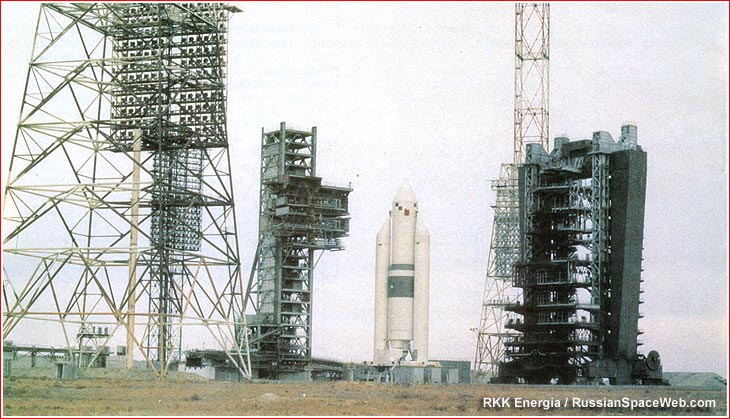



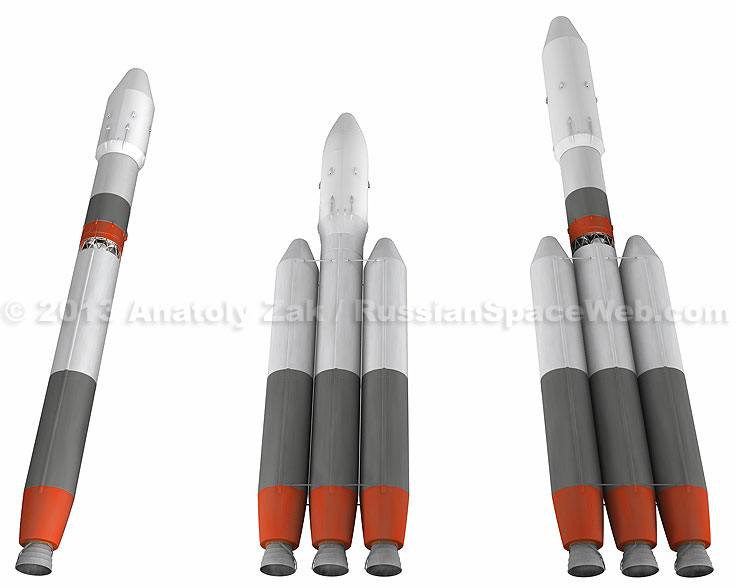
Mike E wrote:Energia-M: The swan song of the Soviet space program
It appears so.... Worst part is, that shows you it could have been made easily! It would have supplemented the Proton perfectly...Big_Gazza wrote:Mike E wrote:Energia-M: The swan song of the Soviet space program
I had always thought that the Energia-M rolled out at Baikonur was just an engineering boilerplate, but according to Anatoly Zaks' latest article it appears to have been an actual prototype
Was this a near-flight ready vehicle?
Mike E wrote:It appears so.... Worst part is, that shows you it could have been made easily! It would have supplemented the Proton perfectly...Big_Gazza wrote:Mike E wrote:Energia-M: The swan song of the Soviet space program
I had always thought that the Energia-M rolled out at Baikonur was just an engineering boilerplate, but according to Anatoly Zaks' latest article it appears to have been an actual prototype
Was this a near-flight ready vehicle?
Mike E wrote:Haha.. "The sad truth."
Big_Gazza wrote:Mike E wrote:Haha.. "The sad truth."
Yep, its another just reason for a dirty big blood-red entry scrawled into the Great Book of Grudges. To be paid back with interest...
Russian President Vladimir Putin has approved the development of super-heavy rockets with a cargo capacity of up to 150 tons, Russian Deputy Prime Minister Dmitry Rogozin said Tuesday. "I was told today that the president gave his preliminary approval to begin this work [on creating super-heavy rockets]. This means that after the development of the entire string of light-, mid-, and heavy-class Angara carrier rockets, we will move on to creating carrier rockets of a completely new class: not just a 7-, 15-, or 25-ton cargo load, but a 120- to 150-ton cargo load," Rogozin said. wrote:
Mike E wrote:I know that metastable liquid Metallic Hydrogen is highly controversial, and will probably never exist...
Mangum was saying the same stuff.... The idea is that it will be "Metastable", so while it needs a ton of pressure to be produced, it won't need any after that. - As mentioned earlier, scientists have been inventing new methods to reach the required pressures.Big_Gazza wrote:Mike E wrote:I know that metastable liquid Metallic Hydrogen is highly controversial, and will probably never exist...
I wasn't sure if you intended this post as satire..AFAIK, you require something like 25GPa of pressure to convert liquid molecular hydrogen into a metallic form. Thats about 1/4 million atmospheres
Imagine trying to build a flight-capable pressure vessel to hold that

AFAIK metallic hydrogen has never been created on earth, but is thought to be present in enormous quantities deep within the core of Jupiter and Saturn. Too difficult for mere mortals to access, but maybe the Holy Elon of Musk can harness the God-like powers of SpaceX and Amerikan Exceptionalism and succeed where we lesser races would fail..../snark off
BTW "metallic" doesn't mean solid like a metal, but where the electrons are stripped from the atoms and can move freely among the resultant anions, and therefore can be made to flow under the influence of electric potential (ie a conductive material)
Finally, loving your space-related posts Mike!
Edit: Did some research - apparently you require something like 500 Gpa to create metallic hydrogen....


Holy #@$& that's a lot of pressure... that's even more than Poroshenko is under as his neo-fascist state collapses around him...
/snark off (again)
C) The engine R&D ETA seems highly optimistic.
GarryB wrote:
C) The engine R&D ETA seems highly optimistic.
They wont reinvent the wheel... they will just change the fuel type and slap some made in USA stickers on it and claim victory as usual...
GarryB wrote:
C) The engine R&D ETA seems highly optimistic.
They wont reinvent the wheel... they will just change the fuel type and slap some made in USA stickers on it and claim victory as usual...
kvs wrote:GarryB wrote:
C) The engine R&D ETA seems highly optimistic.
They wont reinvent the wheel... they will just change the fuel type and slap some made in USA stickers on it and claim victory as usual...
Exactly. Rocket engines are not developed in a couple of years. If it was so easy, then the RD-180 would never have been imported into the USA.